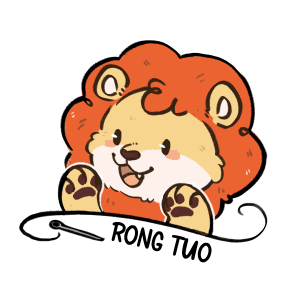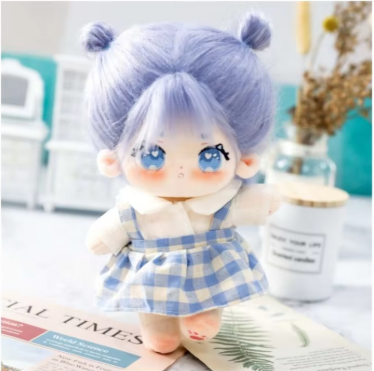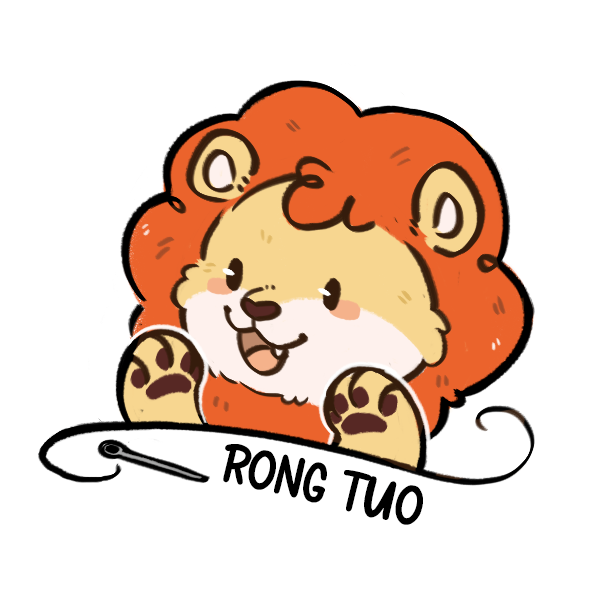Essential Steps in Plush Toy Quality Inspection
Pre-Production Material Evaluation
Looking at raw materials carefully right from the start helps make sure plush toys meet both safety requirements and quality expectations. When evaluating suppliers, we check for proper certifications and see if they follow standards like ISO and ASTM guidelines. We actually test samples of fabrics and fillings too, looking for consistent quality across batches. This careful approach catches problems before they become bigger headaches later on. For instance, it prevents issues where colors might run after washing or where stuffing isn't dense enough throughout the toy. Following strict checks before production begins means manufacturers spot possible flaws early, saving time and money while keeping consumers safe.
In-Process Manufacturing Checks
Putting quality control points into different parts of the production line keeps things in line with industry standards. When making toys, workers go through checklists to make sure everything's right from how well the seams hold together to whether fillings are evenly distributed across stuffed animals. These spots where we stop and inspect work really matters because they keep every step of manufacturing meeting those set quality goals. Writing down what gets noticed during inspections plus any fixes needed makes it easier to track compliance over time and shows exactly where improvements might be necessary. For toy makers especially, having these regular checks built into their workflow isn't just good practice but actually saves money in the long run by catching problems early before whole batches end up being wasted.
Final Product Verification Protocols
Having standard procedures in place for checking finished plush toys helps catch defects and compliance issues before products leave the factory floor. The inspection process typically involves looking at each toy closely, feeling for irregularities, and running basic function tests to see if everything works as intended. These thorough checks mean small problems don't slip through the cracks, allowing manufacturers to fix anything that doesn't match their quality requirements. Keeping good records of all inspection findings and test outcomes makes the whole quality control system more trustworthy over time. Rigorous inspection practices really matter because they help guarantee that only safe, well-made plush toys end up on store shelves for kids to enjoy.
Evaluating Material and Fabric Integrity
Colorfastness and Fabric Durability Testing
When making sure plush toys stay colorful and hold up over time, checking fabric colorfastness and durability matters a lot. My routine includes doing wash tests and rubbing samples against different surfaces to see how well the colors stick around after being exposed to all sorts of conditions. We basically try to recreate what happens when someone throws a toy in the washing machine or lets it get rubbed raw from constant handling. For durability checks, we run abrasion tests too since nobody wants their favorite stuffed animal falling apart after just a few months of play. These tests give us an idea of how many rough days a plush toy can take before starting to look worn out. And yes, I always send samples to certified labs for official results because parents need to know they're buying quality products that won't fall apart at the seams.
Fabric Density and Thread Consistency Analysis
Looking at how dense the fabric is and checking if threads run consistently through the material matters a lot when we want to keep plush toys structurally sound. When I check fabric density, I use standard measurements so we know whether or not it hits those specs set out for making sure toys last long enough without losing their softness. Another important thing we do during our checks is counting threads per inch across various sections of fabric. This helps spot any differences between batches before they become problems later on down the line. We actually set up some kind of range for what counts as acceptable variation too. These ranges help us stick to tight quality controls while still allowing for minor differences that happen naturally in production. At the end of day, all these steps make sure our plushies can withstand normal wear and tear from kids playing with them over time.
Filling Material Safety Assessment
The safety of filling materials in plush toys needs serious attention when it comes to meeting safety regulations. When looking at common materials such as polyester fill, we check if they meet established safety benchmarks. Our testing includes checking how easily materials catch fire and screening for any potentially harmful chemicals that might be present. Compliance with safety laws isn't just good practice it's necessary for protecting customers and staying on the right side of regulators. All test findings get recorded thoroughly in detailed compliance reports so there's always clear documentation available whenever needed. This helps keep things transparent across the board while making sure our safety protocols can be traced back through every step of production.
Safety and Compliance Testing for Plush Toys
Small Parts Pull and Choking Hazard Tests
Making sure plush toys stay safe for kids requires thorough testing, particularly looking at small parts that might cause choking. Manufacturers need good testing protocols in place to spot dangerous components before products reach store shelves. The process often involves checking how much force it takes to pull apart different parts since loose pieces present real risks to young children. Documentation matters too when it comes to safety checks. Detailed records about what was found during testing allow companies to track down problems later on and make better decisions about product safety. This documentation also helps meet important safety regulations such as EN-71 and ASTM F963 standards that protect children from hazardous toys.
Chemical Safety and Phthalate Compliance
Making sure plush toys are safe from chemicals that could harm kids is really important. Our company sends all our toys to independent labs for testing. They look at every part of the toy, especially checking if phthalates are within the strict limits set by regulators. When we meet those safety standards, it protects consumers and builds confidence among parents who are always concerned about what their children might be exposed to. We also give out official test reports showing our products pass all safety checks. These documents prove compliance with regulations and make everything transparent so parents know their kids are getting safe toys without any hidden dangers.
EN-71 and ASTM F963 Standard Adherence
Following EN-71 and ASTM F963 standards isn't just good practice it's basically table stakes in the plush toy industry if we want to stay compliant and keep kids safe. Getting to grips with what these regulations actually require takes time, but integrating their requirements into our day-to-day testing makes all the difference. Our testing process covers everything from ensuring small parts won't become choking hazards to checking for harmful chemicals in materials used throughout production. Regular checks aren't optional either they're part of maintaining that vital connection with consumers who expect nothing less than total safety when buying toys for their children. Staying certified means our products continue meeting those international safety benchmarks, something that matters deeply to parents everywhere.
Final Product Inspection and Packaging Standards
Visual Defect and Stitching Quality Review
Looking at plush toys up close really matters when it comes to making sure they're good quality and people will actually want to buy them. Our team checks every single toy for things like loose threads or seams that don't match up properly. We look extra hard at areas where these little flaws might make the whole toy look bad or fall apart over time. For the stitching itself, we check if the thread is tight enough all around and whether the patterns line up correctly from one end of the toy to the other. Sometimes we need to get out special magnifying equipment so we can spot tiny problems that just aren't obvious when looking at the toy normally. This helps us catch issues before anyone ever gets their hands on a defective product.
Seam Strength and Metal Detection Procedures
Checking how strong the seams are on plush toys makes sure they last longer and stay safe, especially important when these toys end up in little hands. Our team uses special machines called tensile strength testers to see if those seams can hold up against regular play without coming apart. These tests tell us whether our toys actually pass the safety requirements set by regulatory bodies. At the same time, we run metal detectors over every batch of finished toys looking for tiny bits of metal that somehow got mixed into the materials during production. Sometimes buttons come loose or needles get left behind somewhere in the manufacturing line. We check these things regularly through scheduled quality checks and daily spot tests across both seam strength evaluation and metal contamination screening. This helps keep our product line consistently safe while also catching problems early before they reach customers.
Packaging Integrity and Warning Label Verification
Keeping packaging intact matters a lot when it comes to protecting those soft stuffed animals and getting across important safety details. Our team takes a close look at what goes into making these packages, checking how tough they are and whether they meet green standards too. We want to make sure nothing gets damaged while shipping around or sitting on store shelves. And let's not forget about those warning labels either. They need to stand out clearly so people know what might go wrong if they ignore them. Sometimes we do spot checks on finished packages just to double check everything looks good. This whole process helps keep customers safe and happy with their purchases.
FAQ Section
What are the main steps in plush toy quality inspection?
The main steps include pre-production material evaluation, in-process manufacturing checks, final product verification protocols, material and fabric integrity evaluation, safety and compliance testing, and final product inspection and packaging standards.
Why is material evaluation important before production?
Material evaluation ensures raw materials adhere to safety and quality standards, minimizing risks associated with inconsistencies and safeguarding the plush toy's final quality.
How is fabric colorfastness tested?
Fabric colorfastness is tested using wash and rub tests to assess how colors hold up under various conditions like laundering and wear.
What safety tests are conducted on plush toys?
Safety tests include small parts pull tests, chemical safety compliance checks, phthalate level testing, and adherence to EN-71 and ASTM F963 standards.


